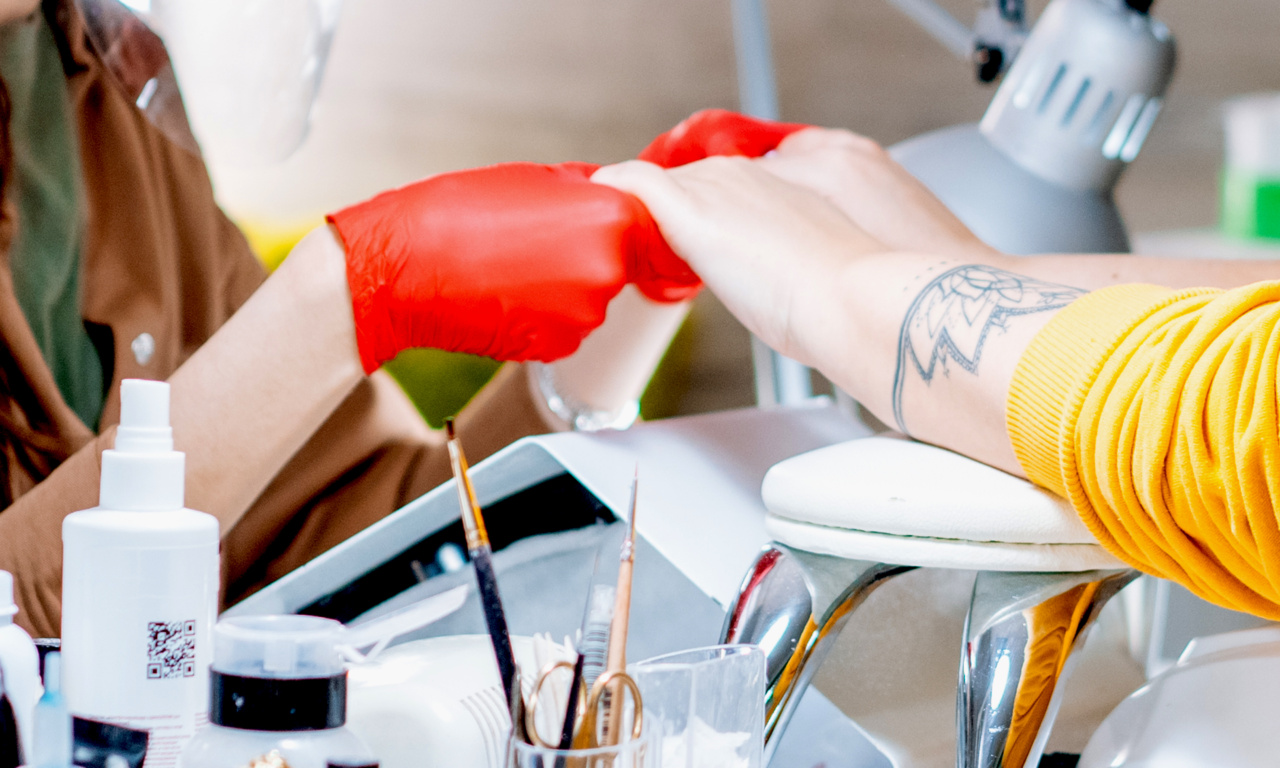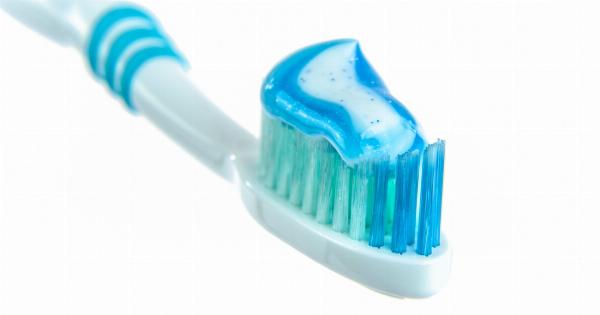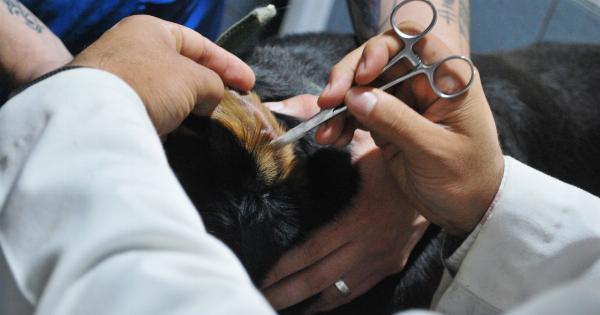Hand-washing is a basic hygiene practice that we all learned as kids. But are you still washing your hands the right way? Chances are, your technique is not as effective as you think.
In fact, studies have shown that most people don’t wash their hands properly, even though it’s a critical step in preventing the spread of diseases.
How to wash your hands properly
Here’s a step-by-step guide to show you how to wash your hands properly:.
Step 1: Wet your hands with running water
Turn on the tap and let the water run. Wet your hands thoroughly, making sure the water reaches every part of your hands.
Step 2: Apply soap
Take enough soap to cover the whole surface of your hands. Lather up the soap by rubbing your hands together, making sure you cover the front and back of your hands, between your fingers, and under your nails.
Step 3: Scrub for at least 20 seconds
Scrub your hands together for at least 20 seconds. You can sing “Happy Birthday” twice to make sure you scrub long enough. This is essential to remove dirt, oil, and bacteria from your hands.
Step 4: Rinse thoroughly
Rinse your hands thoroughly with running water. Make sure you remove all the soap from your hands, especially under your nails and between your fingers.
Step 5: Dry your hands thoroughly
Use a clean towel or air dry your hands. Don’t use the same towel to dry your hands that you use to dry other parts of your body.
Common mistakes people make when washing their hands
Most people don’t wash their hands properly, and that can lead to the spread of infections and diseases. Here are some common mistakes:.
Mistake 1: Not washing your hands long enough
Many people don’t wash their hands for long enough. Twenty seconds may seem like a long time, but it’s the minimum amount of time you need to scrub your hands properly. Singing “Happy Birthday” twice can help you keep track of the time.
Mistake 2: Not using enough soap
Using too little soap is another common mistake. You need enough soap to cover the whole surface of your hands and create lather. Use a quarter-sized amount of soap to ensure you have enough.
Mistake 3: Not washing all parts of your hands
Many people don’t wash all parts of their hands, including the backs of their hands, between their fingers, and under their nails. These areas can harbor bacteria and dirt, so it’s important to pay attention to them when washing your hands.
Mistake 4: Not drying your hands properly
If you don’t dry your hands properly, you can spread germs. Use a clean towel or air dry your hands. Don’t use the same towel to dry your hands that you use to dry other parts of your body.
Mistake 5: Not washing your hands often enough
Finally, many people don’t wash their hands often enough. You should wash your hands before eating, after using the restroom, after touching public surfaces, and after handling animals or their waste.
It’s also a good idea to wash your hands when you come home from being out in public.
Conclusion
Hand-washing is a critical step in preventing the spread of diseases. But most people don’t wash their hands properly.
By following the steps outlined here and avoiding common mistakes, you can ensure that your hand-washing technique is effective and helps protect you from illness.




























